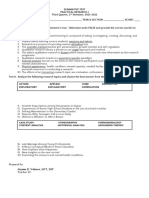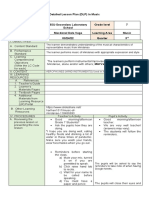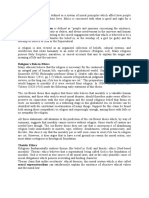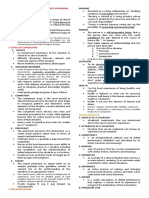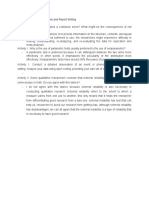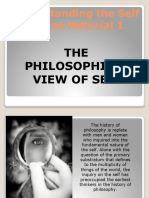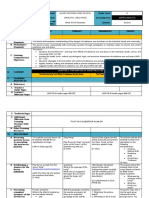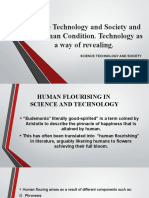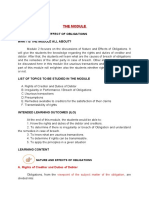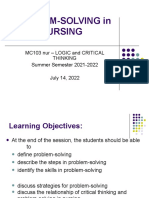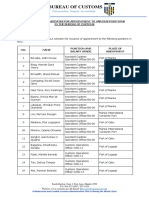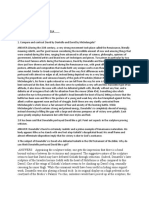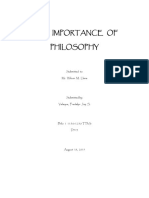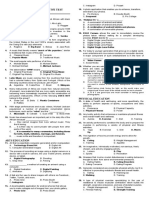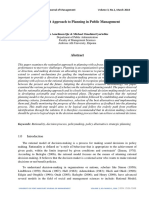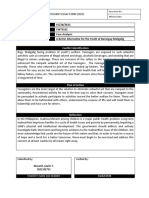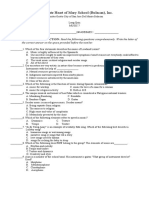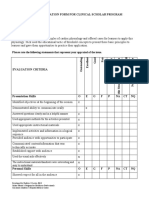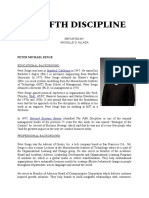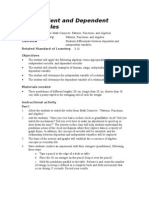0% found this document useful (0 votes)
131 views5 pagesQualitative Research: Key Concepts & Importance
Qualitative research is a scientific method used to gather non-numerical data through observation. It focuses on meanings, concepts, and descriptions rather than counts or measures. Some key characteristics of qualitative research include human interpretation in data analysis, collecting data in natural settings, and presenting diverse data through words and visuals. Strengths include adopting a naturalistic approach and promoting understanding of human behavior, while weaknesses include researcher subjectivity and difficulty validating data. Common types of qualitative research described in the document include case studies, ethnography, phenomenology, and grounded theory.
Uploaded by
Jhon Leonard RubiCopyright
© © All Rights Reserved
We take content rights seriously. If you suspect this is your content, claim it here.
Available Formats
Download as DOCX, PDF, TXT or read online on Scribd
0% found this document useful (0 votes)
131 views5 pagesQualitative Research: Key Concepts & Importance
Qualitative research is a scientific method used to gather non-numerical data through observation. It focuses on meanings, concepts, and descriptions rather than counts or measures. Some key characteristics of qualitative research include human interpretation in data analysis, collecting data in natural settings, and presenting diverse data through words and visuals. Strengths include adopting a naturalistic approach and promoting understanding of human behavior, while weaknesses include researcher subjectivity and difficulty validating data. Common types of qualitative research described in the document include case studies, ethnography, phenomenology, and grounded theory.
Uploaded by
Jhon Leonard RubiCopyright
© © All Rights Reserved
We take content rights seriously. If you suspect this is your content, claim it here.
Available Formats
Download as DOCX, PDF, TXT or read online on Scribd
/ 5
